1. I’m new to matcha. Which blend should I choose? We recommend you to start with either the Organic First Spring Blend or Superior Blend. The Organic First Spring Blend is smooth, low in bitterness with a slight umami.The Superior Blend has a smooth, balanced flavor with moderate umami. Ideal for beginners and daily drinking.Both blends are versatile and excellent for making matcha lattes.
2. Is the bamboo whisk or electric whisk better for making matcha? It really depends on what you prefer. If you’re looking for a beautiful microfoam, the bamboo whisk (chasen) is a great choice. With a little practice, it’s simple to use and gives you more control over frothing and mixing. On the other hand, if convenience is key, an electric whisk is super handy. It works especially well for smaller servings—like mixing about 1 teaspoon of matcha into at least 4 ounces of liquid. Both options have their perks, so you can choose what works best for your matcha-making style!
3. How many servings of matcha latte can I make with 40g/1.4oz of matcha?We define one serving as 2 grams (about 1 teaspoon), but how much matcha you use per drink really depends on your taste and preference. If you’re just starting out, 2 grams is a great amount for a latte—it’s smooth and flavorful without being too strong. With this amount, you’ll get about 20 servings from a tin. For seasoned matcha lovers, you might prefer a bolder flavor by using 4 grams per latte. This will, of course, give you fewer servings per tin, but it’s perfect for those who enjoy a stronger matcha kick.
4. I’m worried about radiation and heavy metals. Do you test for radiation and heavy metals in your matcha? We rigorously test every crop of matcha for potential hazards, including radiation and heavy metals. These tests are essential for our factories to maintain their food safety certifications and licenses, which are required for continued operations. Additionally, the Japanese government conducts its own independent radiation testing on all food products. The results have consistently been negative, and they’re publicly available in English on the Japanese Ministry of Health, Labour and Welfare’s website.
5. What if I don’t like it? We’re here to help! Preparing matcha properly can make all the difference in bringing out its best flavor, and we’re happy to guide you with recipes, tips, and techniques. If your product didn’t meet your expectations, no worries—just reach out to us through the “contact seller” option. To help us resolve your concern quickly, it would be great if you could send us pictures of the product and its batch code. If you can also share how you’ve been preparing your matcha—your recipe and method—we’d be happy to provide personalized advice to help you get the most out of your matcha experience. We’ll do everything we can to ensure you’re satisfied and enjoying every sip!
6. How long can I keep my matcha for? You can store matcha for up to 12 months in an opaque, airtight container from the date it’s ground. Once opened, we recommend enjoying it within 1–2 months for the best flavor. To keep your matcha as fresh as possible, it’s a good idea to store it in the fridge.
7. How fresh are Naoki Matcha’s products? We ship our matcha in small batches to ensure freshness, and our products typically have at least 6–9 months of shelf life remaining. Amazon handles delivery using the “First-In-First-Out” method to keep things as fresh as possible. That said, occasional mishaps can happen. If you receive a product with less-than-ideal shelf life or a damaged bag due to delivery issues, don’t worry—just reach out to us! After a quick review, we’ll be happy to provide a replacement and make things right.
8. What does “ceremonial-grade” really mean? “Ceremonial-grade” doesn’t have a regulated definition, but for us, it means matcha that’s high-quality enough to enjoy on its own. Save for our “All Purpose Culinary Grade Matcha”, we would consider our entire lineup to meet our criteria for “ceremonial grade”. When it comes to matcha, the price usually reflects the quality. Higher-grade matcha typically has a smoother mouthfeel, less bitterness, and more umami, which is why it’s priced higher. It’s all about finding the right balance between taste and budget for your matcha journey!




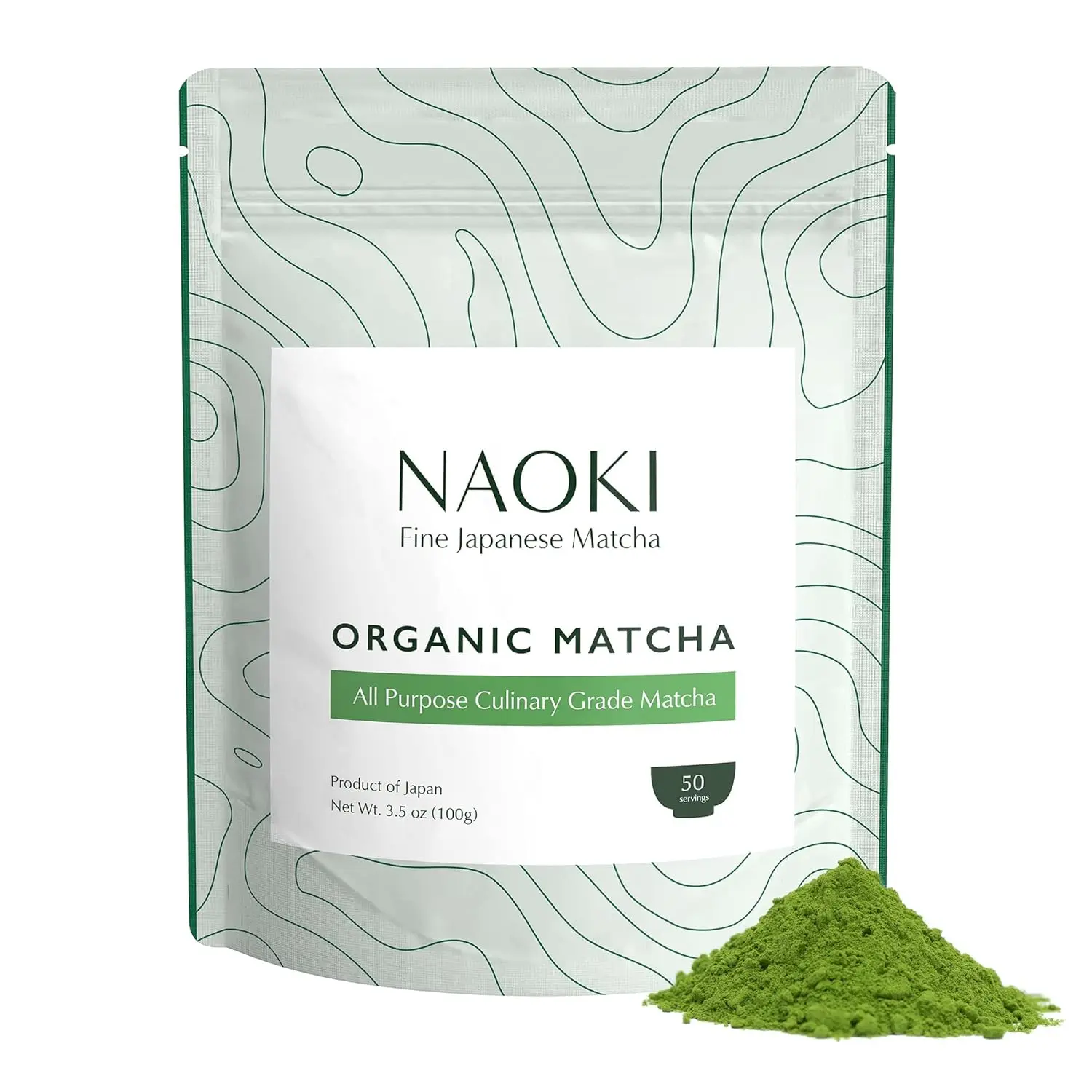
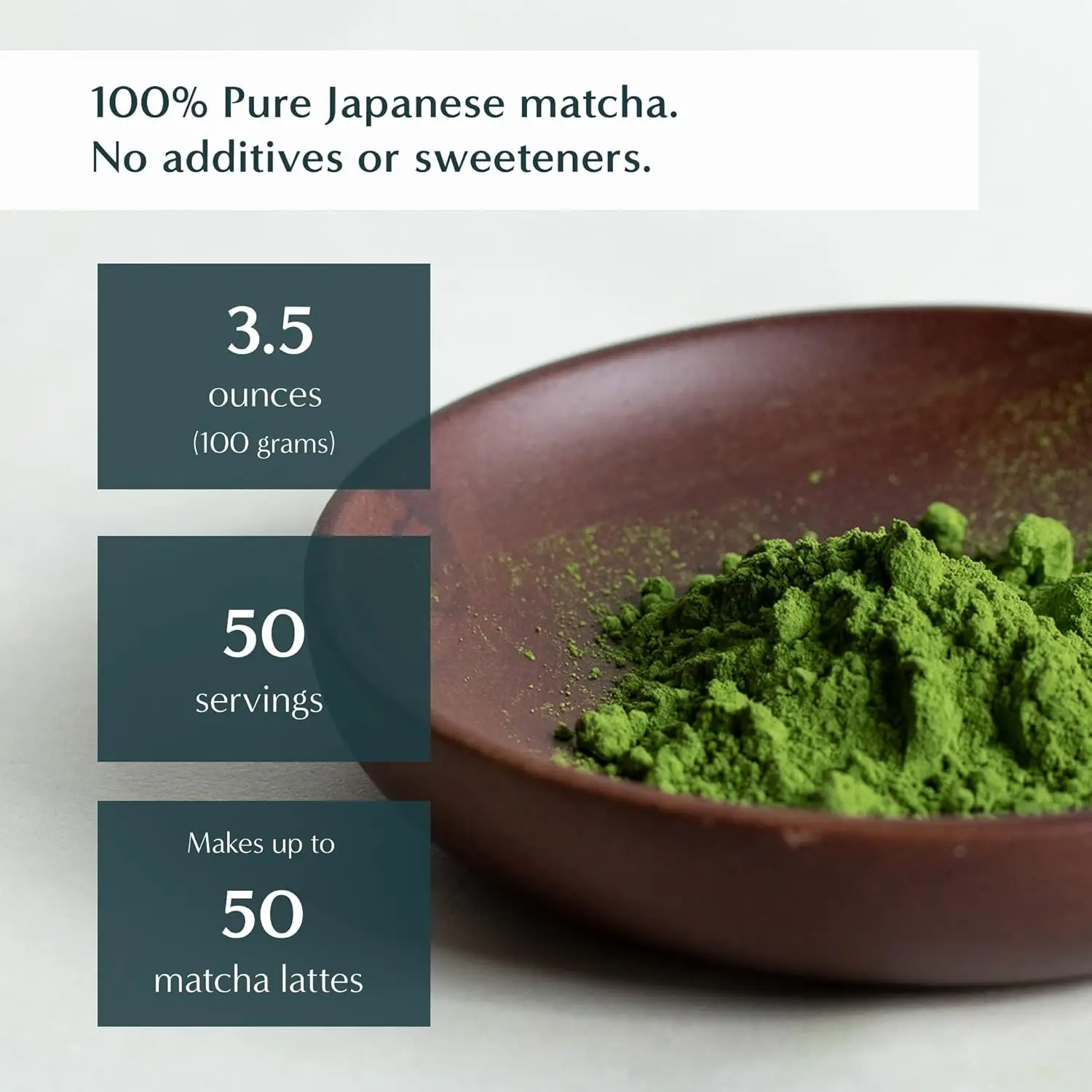
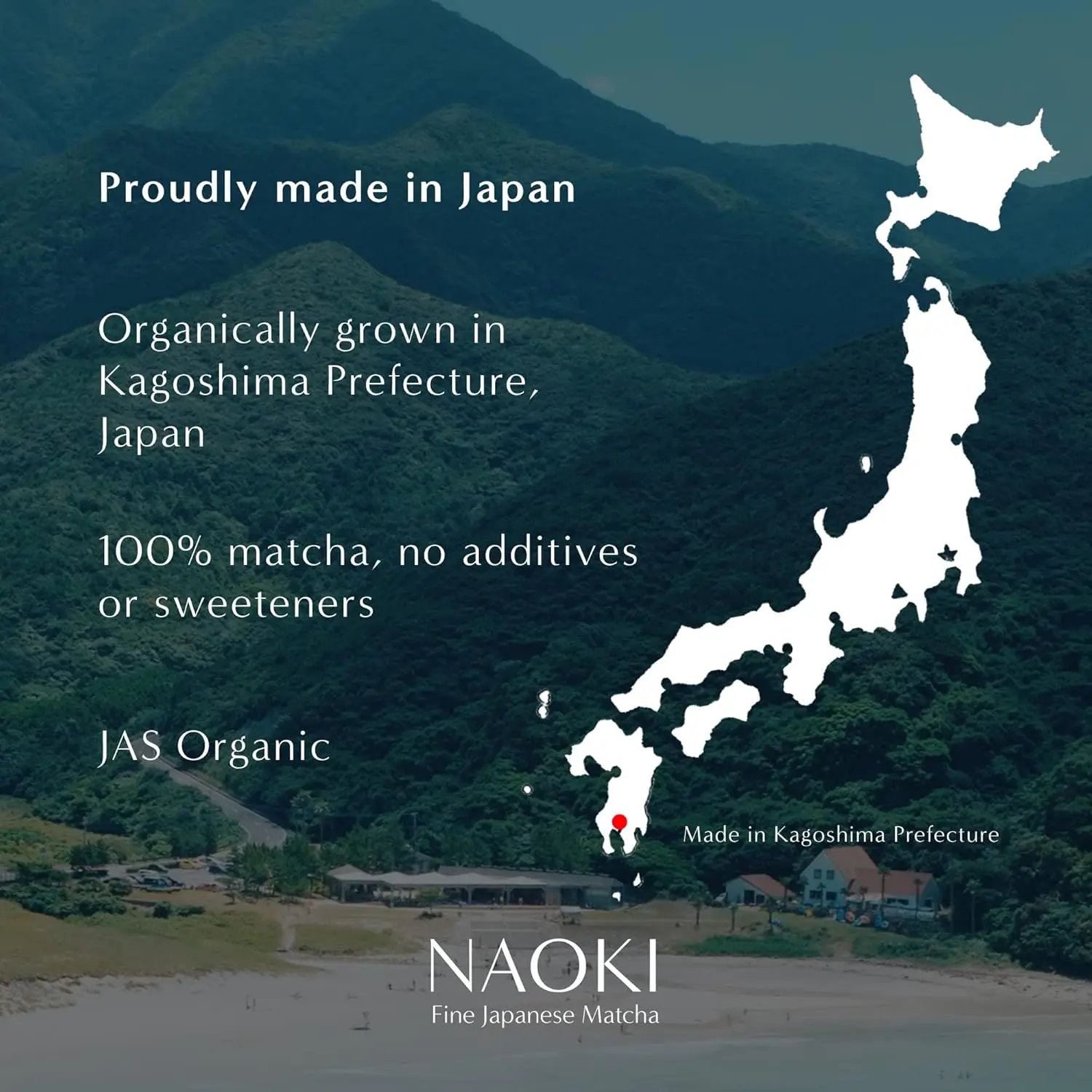
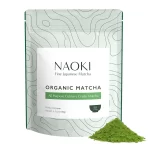

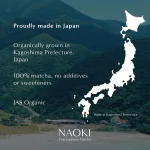

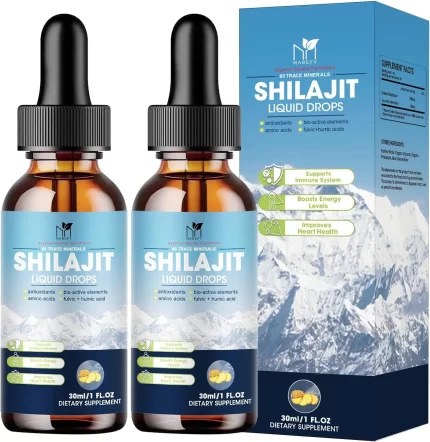





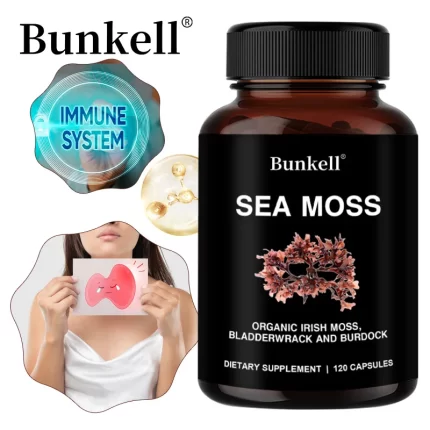
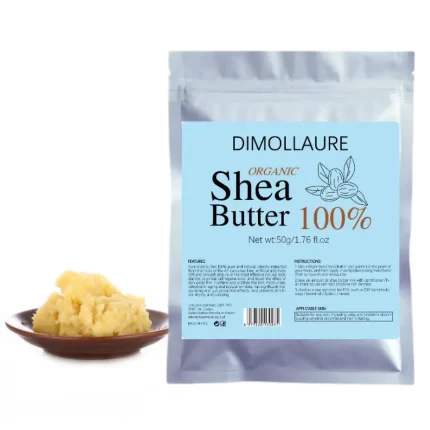
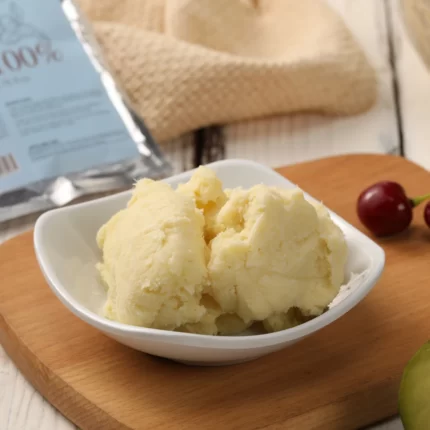

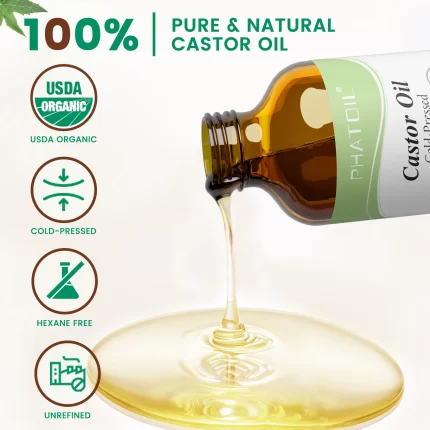
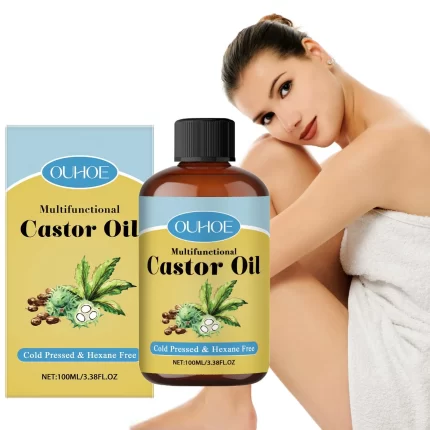

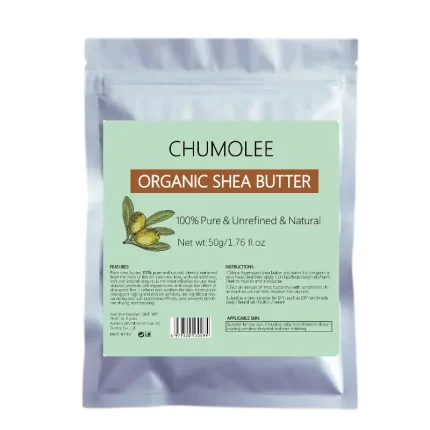
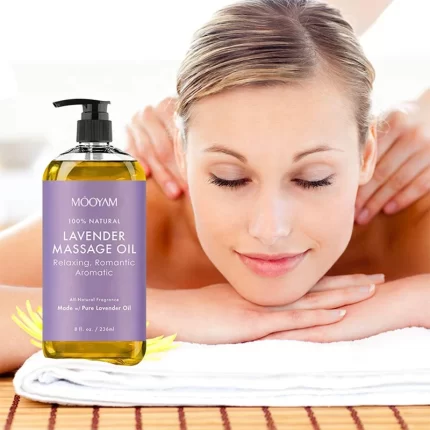

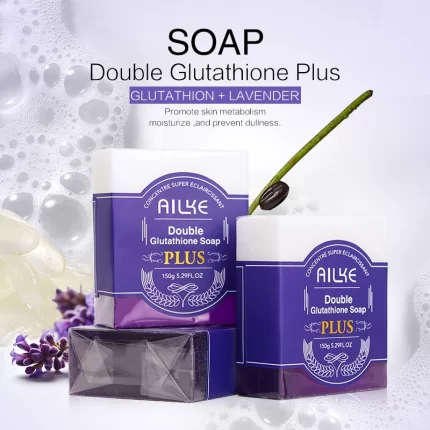
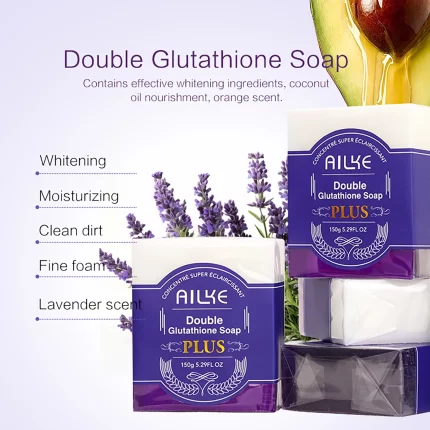
Reviews
There are no reviews yet.